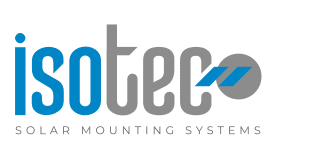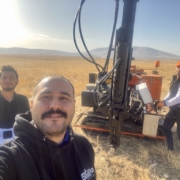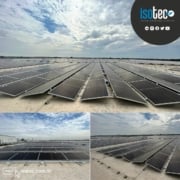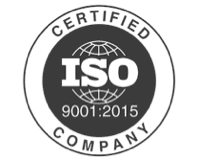WHAT WILL SOLAR PANELS BE LIKE IN THE FUTURE?
1. MORE EFFICIENT SOLAR CELLS: PEROVSKIT TECHNOLOGY
Perovskite materials, is a new technology that has the potential to revolutionize solar panels. These materials are known for their ability to absorb sunlight more efficiently. Traditional from silicon-based solar cells they can be cheaper and more efficient.
Advantages:
- LOWER COSTThe production cost of perovskite cells is much lower than traditional silicon solar cells.
- HIGH EFFICIENCYPerovskite technology can increase efficiency by using sunlight more effectively.
- FLEXIBLE STRUCTURE: This technology makes it possible to produce thin film and flexible panels, thus creating wider application areas.
Future Perspective:
Perovskite technologycould make future solar energy systems more efficient, cheaper and more flexible. However, its widespread commercial use is still limited and some stability problems must be resolved.
2. BETTER STORAGE SOLUTIONS: ADVANCED BATTERY TECHNOLOGIES
Solar energy One of the biggest challenges is that energy needs to be produced during the day but stored at night or during cloudy weather. Therefore, advanced technologies that will increase the efficiency of solar energy systems are needed. battery technologiescontinues to be a very important area. Lithium-ion batteries In addition to traditional batteries such as, solid state batteries and super capacitors Next generation storage solutions such as are shaping the future of energy storage technology.
Advantages:
- LONGER LIFE: Solid state batteries have a longer life and offer significant advantages in terms of safety.
- FAST CHARGING AND HIGH EFFICIENCY: Supercapacitors provide high-speed energy storage and release, increasing efficiency.
- LOWER COSTS: New generation batteries can reach a wider user base by reducing production costs.
Future Perspective:
This is advanced battery technologies, solar energy It will offer more sustainable and efficient solutions for storage and use. Solar energy at night or it can be used in cloudy weather, energy independencewill increase.
3. FLOATING SOLAR PANELS: SOLAR ENERGY ON WATER
Solar energyis on its way to becoming an energy source that can be produced not only on land but also on water surfaces. Floating solar panels, can be placed on water surfaces such as ponds, dams and seas to generate electricity. This technology can be especially useful in areas where land space is limited.
Advantages:
- LAND USE: Floating panels are used in areas with limited land solar energy makes production possible.
- COOLING EFFECT: Panels placed on the water surface maintain their temperature through the natural cooling effect of water, which increases their efficiency.
- LOWER EVAPORATIONFloating panels provide environmental benefits by reducing evaporation from the water surface.
Future Perspective:
Floating solar panels, may become much more widespread in the future in terms of efficient use of water resources. These systems, especially water basins in the big cities where it is located energy production can be an important solution for you.
4. BIFACİAL SOLAR PANELS: DOUBLE-SIDED EFFICIENCY
Bifacial solar panels, receives light not only from the front of the panels, but also from the back. This results in greater energy production, especially through the effect of reflected light. Reflected light, from surrounding surfaces, especially profit, sand or This It comes from shiny surfaces such as.
Advantages:
- HIGH EFFICIENCY: Thanks to the double-surface structure, more energy production provides.
- TAKES UP LESS SPACE: More in the same area energy can be produced, which results in less land use.
- MORE DURABLE: Provides high efficiency and longer life use.
Future Perspective:
Bifacial panels The future is very bright. This technology, solar energy efficiency will be an important step in increasing the As the efficiency of solar panels increases, energy production costs will also decrease.
5. ADVANCED SOLAR PANEL SURFACE COATINGS
New Generation solar panel surface coatings, reducing the panels’ contact with soil, dirt, and water, resulting in lower maintenance requirements. These coatings can also help panels absorb sunlight more efficiently, increasing overall efficiency.
Advantages:
- LOWER MAINTENANCE COSTSExternal factors such as dirt, soil and water cannot damage the panels thanks to their surface coating.
- HIGH EFFICIENCY: Coatings allow sunlight to be reflected more efficiently onto the panels.
Future Perspective:
Advanced surface coatingscan make solar energy systems less costly to maintain while also increasing their efficiency.
SOLAR PANELS LIGHT UP THE FUTURE
In solar panels these new technologies, solar energy will make it more efficient, more economical and more accessible. Perovskite materials, floating panels, bifacial technologies and advanced batteriescould be the most important players in solar energy in the future. Not only environmentally friendly not only, but also energy production more sustainable These innovative solutions will make a significant difference in energy consumption worldwide. the potential to create revolution has.





